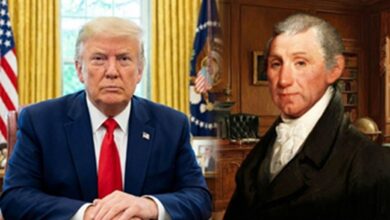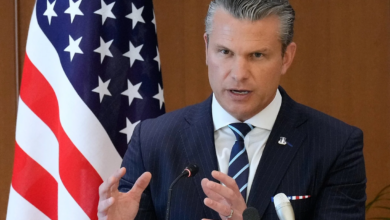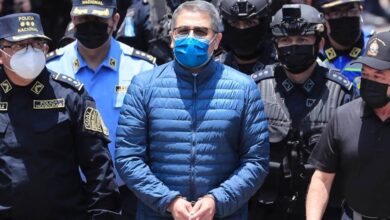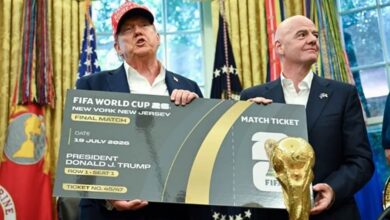Mercosur’s Expanding Horizon Facing Global Trade War
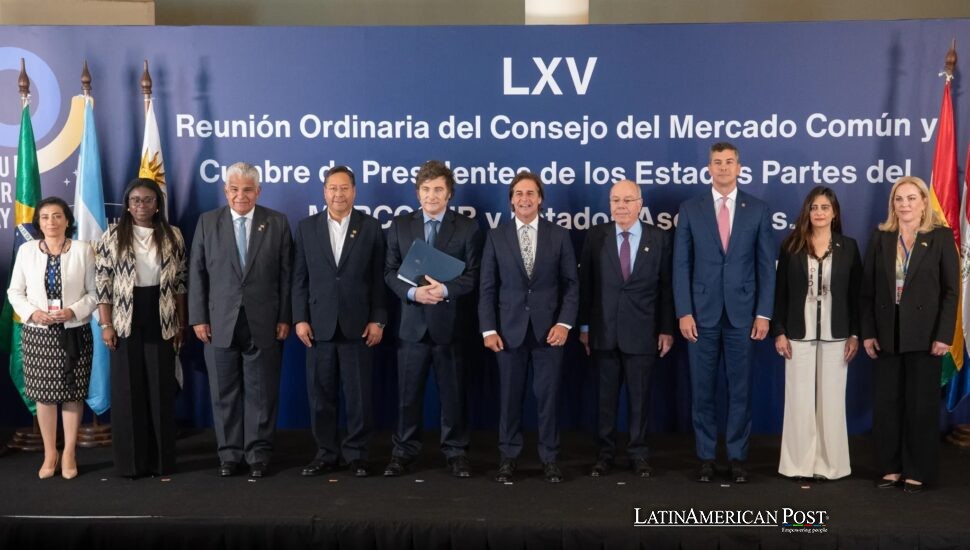
Amid escalating tariffs and tough negotiations sparked by U.S. President Donald Trump’s trade policies, Mercosur nations see potential benefits. The agricultural sector, especially soy, corn, and meat exports, stands ready to fill emerging gaps, particularly in the crucial Chinese market.
A Shifting Landscape of Tariffs
The trade tensions ignited by the Trump administration have rippled across global markets, reshaping import and export strategies on every continent. Higher tariffs on goods entering the United States—and retaliatory duties imposed on American products by major economies—have created new openings that Mercosur members hope to exploit. Unlike some Asian and European countries facing tariffs that may exceed 20%, Mercosur nations were confronted with a lower 10% duty. Officials from Argentina, Brazil, Paraguay, and Uruguay regard this as a relatively favorable position, since it leaves their industries more competitive than those of countries hit with heftier levies.
This improved competitiveness is most evident in the agricultural sector. The United States exported more than 24 billion dollars in farm products to China in 2024, with roughly half of that in soybeans. Now, as those American exports face high Chinese tariffs in retaliation for U.S. measures, demand for Latin American alternatives is surging. Brazil and Argentina already count among the world’s top soybean producers, with Paraguay and Uruguay also supplying smaller but significant volumes. These nations hope to deepen ties with Chinese buyers wary of elevated costs from U.S. products. The strategic logic is clear: a worldwide reshuffle in trade relationships is prompting buyers to explore new suppliers, and Mercosur’s strong agricultural output stands front and center as a viable substitute.
Potential Gains in Asia and Beyond
While China remains the largest single consumer of Mercosur’s agricultural exports, leaders in the region are looking to broaden their approach. The Brazilian government, for instance, envisions an expanded network of trade agreements with partners such as Canada, Mexico, and countries in the Association of Southeast Asian Nations (ASEAN). Recent high-profile visits by Brazilian President Luiz Inácio Lula da Silva underscored the eagerness to engage with Japan and Vietnam, two countries that could absorb even more food and commodity products displaced by retaliatory tariffs on American imports.
Economists like Silvia Matos of the Fundação Getúlio Vargas argue that the U.S.-China dispute has shifted global perspectives on free trade. Governments that previously hesitated to pursue wide-ranging deals now perceive strategic urgency in diversifying their partnerships. Brazil’s negotiations on behalf of Mercosur, therefore, carry fresh momentum. If the block can finalize or modernize trade agreements with Asian economies swiftly, it may secure a lasting foothold in markets hungry for agricultural goods. At the same time, Mercosur’s interest goes well beyond commodities; manufacturers, service providers, and tech innovators in South America also hope to carve out niches in new markets.
The potential benefits extend to each member state in distinct ways. Brazil, whose vast territory and diversified agribusiness sector make it a global powerhouse, stands to reinforce its soybean and meat export chains. Argentina, too, can leverage competitive advantages in corn, wheat, and beef. Meanwhile, Paraguay and Uruguay seek to expand their presence abroad and attract investment that would increase industrial capacity. While these nations occasionally differ in negotiating strategies, the overall alignment on capitalizing upon trade upheavals is evident.
Driving the EU-Mercosur Agreement Forward
Another significant outcome of this trade war could be renewed impetus for implementing the long-discussed agreement between Mercosur and the European Union. Observers note that resistance within the EU, particularly from France, has been tied to concerns over imports of cheaper South American agricultural products. Yet as U.S. protectionist policies threaten European exports with higher tariffs—20% on certain goods, rising even further for others—European leaders may see Mercosur as a more reliable partner for balanced trade relations.
Brazilian economist Gilberto Braga, from the Brazilian Institute of Capital Markets (Ibmec), suggests that the EU’s fears of agricultural competition might be outweighed by the immediate threat of losing access to the U.S. market or facing punitive tariffs. In this environment, EU officials could view Mercosur as an alternative source of commodities and a growing market for European machinery and equipment. Notably, Uruguay’s President Yamandú Orsi has cited France’s more constructive stance of late, indicating that political obstacles once seen as insurmountable might now be negotiable. In parallel, the president of the European Council, António Costa, has underscored the need to ratify pending agreements with Mercosur and Mexico, stressing diversification of trade partners as an urgent priority.
In practical terms, the EU-Mercosur deal could liberalize the exchange of a wide array of goods—from machinery and automotive parts to grains and protein exports—streamlining tariffs and regulations between two major markets. Although negotiations have been protracted, new external pressures might accelerate compromises. Should this accord finally come into effect, it would be one of the largest trade pacts in the world, connecting over 700 million people and potentially reshaping global flows of agriculture and manufacturing.
In parallel with this flurry of external talks, Mercosur members insist they have not been left behind by Trump’s policies compared to other global competitors. A 10% tariff, while far from trivial, pales in comparison to the 46% imposed on Vietnam or the more than 100% cumulative duties that China faces. Presidents and trade officials from Argentina, Brazil, Paraguay, and Uruguay are engaged in separate negotiations with the United States to seek further exemptions or to reduce the impact of tariffs on strategic exports.
Argentina’s President Javier Milei recently emphasized that his administration is willing to implement reforms to accommodate the Trump administration’s proposed reciprocal tariffs. Speaking at an event in Mar-a-Lago, Milei indicated efforts to ensure around fifty Argentine products can flow freely into the U.S. market. He pointed to ongoing discussions in Washington aimed at easing trade frictions. Meanwhile, Uruguay’s President Orsi has echoed similar optimism about “sitting down to negotiate,” reflecting a sense that bilateral dialogue remains open and can yield reduced duties or streamlined barriers.
Despite the immediate uncertainties and potential volatility, most experts suggest that Mercosur’s relative advantage lies in its agricultural wealth and emerging position as a mediator in global supply chains. If the United States and China persist with tit-for-tat measures, shifting commodity routes could harden into long-term arrangements, locking out American producers. The result would be an enduring, perhaps transformative, opportunity for Latin America’s southern cone to elevate its stature in the global arena.
Also Read: Venezuela Faces Turmoil in Exchange Rates: The Dollar, Bolívar, and Chaos Story
For now, Mercosur leaders walk a tightrope: they must leverage the current window without alienating major trade partners or undermining their own regional integration. The sense of urgency is palpable. As governments worldwide react to the expanding trade conflict, Mercosur could strengthen its internal unity, accelerate long-standing negotiations, and diversify commercial ties beyond its traditional comfort zone. By doing so, it positions itself not merely to withstand the upheaval of a global trade war, but to emerge from it as a more influential actor shaping the international economic order.

